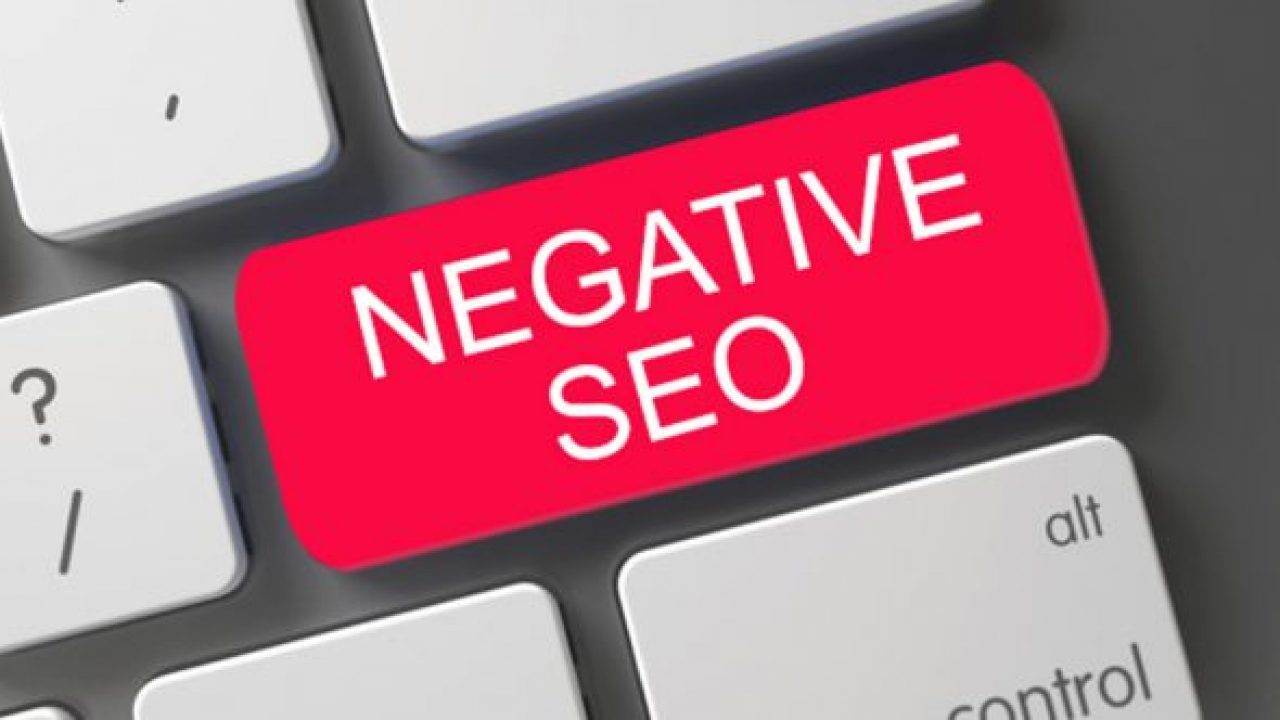
Implementing on page SEO starts with addressing the content. Your website's bread and butter is its content. Be sure to address the relevant search intent. Include related keywords and semantics in the text. Also, include links within the text. It is important that your meta description is optimized as it will be included in search engine result pages. You should ensure that the meta description describes what the user can expect to do by reading the content. This step should be done with every piece of content, regardless of type, format, or platform.
Content is the bread and butter of your site
There's so much content available, but is it really valuable? Not just blog posts. It must add value to your company and generate leads. Like a plate of jam, the internet needs bread and butter content to make it grow. You need to know the basics of your content strategy before you can create it. These can be built upon. Here are some great content suggestions:
First, you need to know what content is. Content drives customers to a website and helps it look authoritative and reputable. This is possible by using the right keywords, answering key questions and focusing on the right categories. This is the secret! This is a crucial first step in optimizing SEO. Be careful not to go overboard. A content plan should include key keywords that will drive traffic to your site.
It should address the search intent.

Keywords can be important but not too often will cause a drop in your ranking. To get the most out of your SEO efforts, use your keywords naturally throughout your text. Keep in mind that you audience is people and not robots. Your goal should be for your content to be interesting and helpful to them. Your content should address their search intention. These are some steps to help you get started. Keep reading to learn how you can use your keywords to improve your SEO.
It should include related keywords and semantic keywords
Targeted traffic can be attracted to your site by using long-tail keywords. Long-tail words have a clear search intent, and offer a reasonable chance for ranking on page 1 in Google's search results. Semantically related keywords, which are closely related to your target keywords, help Google establish connections and determine relevancy. These keywords should be included in your body text, but not too many. The searcher is more likely than any other to click your ad when it is related to a service or product.
The first thing you must do when optimizing your website for search engines is to use appropriate, search-engine-friendly URLs. These URLs need to be short and should contain the keywords in a precise manner. The keyword should be in the first header of each blog post. This is typically the post title. The keyword should be included in subheadings if necessary. Use H2 and H3 headers only when they make sense.
It should include internal links
Internal linking is a crucial part of on-page SEO. Internal links are used to group pages that are related, in the same way as companies group their departments. These links improve relevance, context, coverage, and depth. Search engines can use internal linking to determine which pages are the most important for visitors. Search engines view pages with dense links as more important. Links between internal pages help to increase dwell time, which is crucial for SEO. A sitemap should contain all pages on a website.

Not only do internal links help prospects find content but they also increase search rankings. Both users and search engine crawlers place a lot of importance on internal links. Google cannot find your website if it doesn't have internal links. Without internal links prospects will not be able find your products or services. This can slow down your efforts to rank higher in the SERPs. It is therefore imperative to include internal links in your SEO checklist. Learn more about internal links and their importance for your website.
FAQ
What are some common mistakes people make when using SEO?
SEO is often done incorrectly. SEO is not something you can do quickly. You must put in the effort to optimize your website properly if you want to achieve success. Black hat SEO techniques are another common error. Black hat methods can hurt your rankings instead of helping them.
Where can I find my keywords
First, you need to think about the type of products and services that you offer. Next, search for terms related to these things. Once you've got your list of phrases, you can use tools like Google Keyword Planner to see what phrases people are searching for or go directly to popular search engines like Bing, Yahoo, and DuckDuckGo.
What are some of the best tools to do on-page search engine optimization?
Video embeds and image alt tags are great tools for on-page optimization. These issues can be found in this article.
How long does it take for SEO to generate traffic?
Traffic generation through SEO usually takes 3-4 months. It depends on many variables.
-
Content quality
-
Backlinks
-
Targeted keywords
-
Competitor rankings etc.
SEMrush is a great tool for beginners who want to quickly generate results. They provide a powerful platform that allows you to monitor all aspects of your SEO campaign, including competitor research, backlink profile, top pages, local listings, organic traffic stats, reports, and more.
Statistics
- 93%of online experiences today begin on search engines. (marketinginsidergroup.com)
- 64% of marketers actively create SEO campaigns because they help hit multiple key performance indicators (KPIs), including increasing traffic, helping your site rank for relevant keywords, improving your conversion rate, and much more. (semrush.com)
- A 62.60% organic traffic boost to that page: (backlinko.com)
- These guides are designed and coded 100% from scratch using WordPress. (backlinko.com)
- And 90%+ of these backlinks cite a specific stat from my post: (backlinko.com)
External Links
How To
What you need to know about duplicate content and SEO
Both webmasters as well as search engines have to worry about duplicate content. There are two types of duplicate content; internal and external. Multiple pages on a site may contain identical content. Internal duplicates are when there is more than one page. External duplicates can occur when a page provides similar information to another URL.
Internal duplication occurs when more than one page contains the same text or images. Poor copywriting skills can lead to this type of duplication. Poor copywriting means that you haven't written unique content for each page. If you do this you will create internal duplicates.
External duplication refers to pages that contain similar information to other URLs. If you have two pages that are identical to each other, such as a product listing all of your products or a category listing all of them, you have external duplication.
Google doesn't penalize websites for having duplicate content. It does, however, penalize websites who try to manipulate its algorithm in order to rank higher. You should not have duplicate content on your site.
The most common way to manipulate Google's algorithm is through link building. Link building is creating links between websites. These links may appear unnatural, and Google might devalue your website.
Some ways to avoid link manipulation include:
-
Avoid low-quality backlinks that are spammy.
-
Use anchor texts that relate to your website.
-
You should create unique content for each page of your site.
-
High-quality content.
-
A domain name that is unique and memorable.
Avoid worrying about duplicate content. Instead, you should be focusing on creating unique content for each page of your website. This will ensure that you rank higher on search engine result pages.